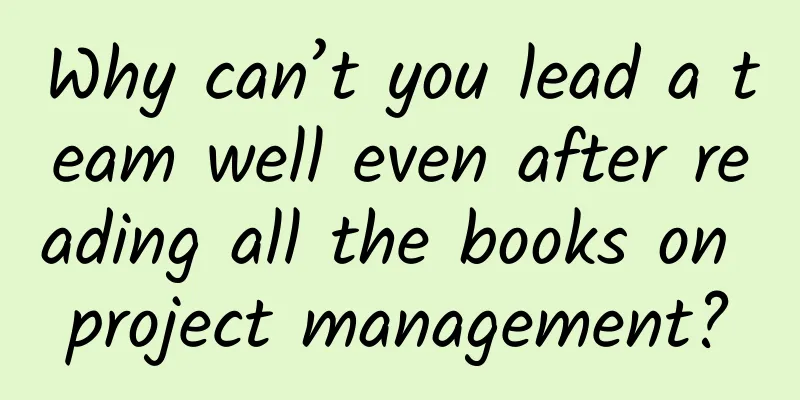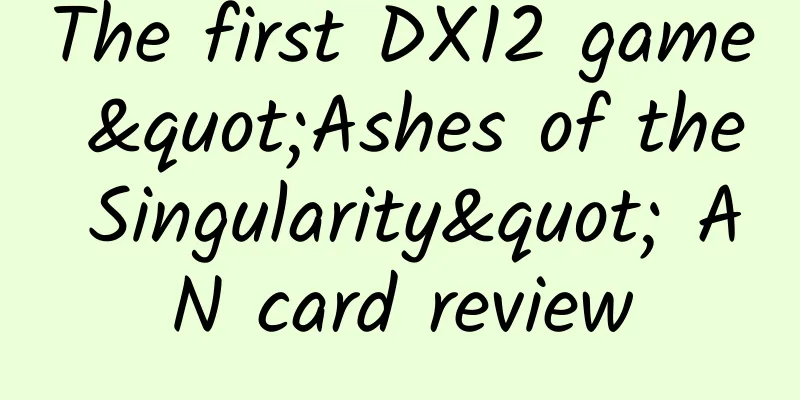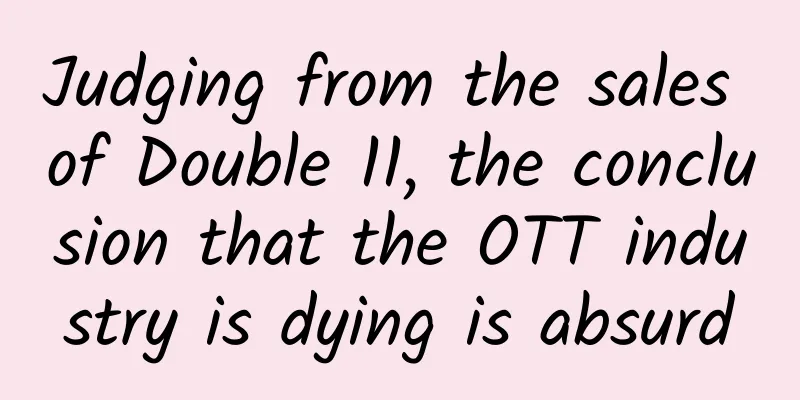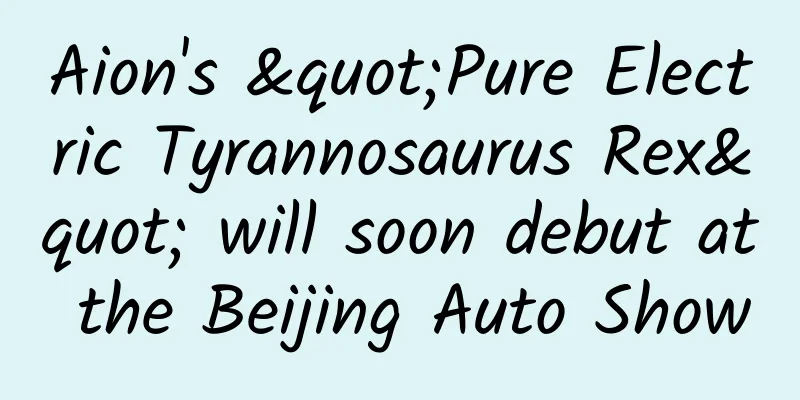Why can’t you lead a team well even after reading all the books on project management?

|
I believe that each of us longs for better collaboration in the team we are in. The current technology can undoubtedly help us achieve this better, but at the same time we also know that tools are not omnipotent, they can only do part of it, and it is the people who use these tools who can make major changes in the end. The problem is that these tools are evolving too fast for people to learn to use them. So how can we fill this gap? A year ago we set out to find out. In this article we offer our answer, drawing on the collective experience of dozens of collaborative communities and research organizations. Most of our companies have a set of standard tools to help us with team building, leadership, and management. For example, personality tests, skill profiles, and team roles. When you want to build a team, we need to consider these aspects of each member:
In the past, our understanding of roles was the title of a member, that is, what the member did, such as team leader, project manager, researcher, etc. When a matter needed to be decided, you would go to the team leader; when you needed to get the latest project status information, you would go to the project manager; when you needed to study a problem, you would go to the corresponding researcher. But in today's market, the smartest companies are often not those who want to win through these management tools, but those who let team members surpass in thinking. The market is full of tools to help us quickly understand what problems team members are dealing with, but these tools cannot tell us how these members think about these problems. Research shows that the way a team thinks plays a decisive role in the performance of the team. So here we suggest that in addition to giving team members the traditional "what to do" role, a team should also give members the "how to think" role. Understand how other members of your team think, and let others understand how you think, so that the entire team can become more collaborative, more creative, and more efficient. From a certain perspective, the meaning of collaboration is to make everyone's work consistent with the team's goals. But from another perspective, it is to make everyone's way of thinking consistent with the team's goals. So how do you assess your own and your team’s mindset? We can find frameworks to assess your personal mindset or how you influence others one-on-one. But we can’t find any simple way to help people connect, communicate, and collaborate on their mindset. So after a lot of hard work and trial and error, we developed a three-step approach that will give you actionable and meaningful results.
W151111_BONCHEK_WHATSYOUR For example, in the above picture, we focus on the overall thinking direction:
In terms of attention to detail:
When you understand your thinking style, you’ll understand what motivates you, why certain types of problems challenge you or bore you, and what important areas you can improve on to reach your goals. After you figure out your way of thinking, you should share it with others and ask others to share their own way of thinking. In this way, thinking can become a very useful tool for a team. For example, when you are forming a team to start a new project, don’t you want to know which members are easily motivated by discussions that focus on the big picture and which members are completely uninterested in such discussions? Don’t you want to know which members like to delve into details? Don’t you want to know which members are easily motivated by the management of team dynamics (the term team dynamics was first proposed by K.Lewin in the 1930s. The main purpose is to explain all the interactive processes and behavioral phenomena of group members within the group. Group dynamics means that the group itself is a kind of motivation and development process)? As a real-world example, let’s say there is a company whose entire leadership team thinks in terms of manager and leader types. When looking at the heat map results, they find that they have a large number of big-picture pioneers, a large number of action-focused thinkers (stimulators and producers), but only a small number of process-focused thinkers (planners and optimizers). So this team is very strong in generating great ideas and motivating people to take action, but not so strong in implementing details and getting things done efficiently. With this information in hand, they began to give more voice to the detail-oriented members, whose voices had previously been ignored by the big-picture thinkers such as Pioneers and Inspirers. Let’s look at an individual example. For example, there was a leader who had been working in a department full of ideas, such as the consulting team and the marketing department. By analyzing his own thinking style, he found that he was more motivated by relationships than ideas, and his thinking direction was more oriented towards the glue type rather than the pioneer type. He used ideas to cultivate relationships rather than cultivating ideas through relationships. This insight made him start to shift his focus from business development to customer relationship management, making himself more energetic and cooperative at work. The pace of change in today’s business world is so rapid that we must find new and better ways to connect and communicate. We all want to collaborate better, but the challenge is how to make it happen. Understanding how to collaborate more effectively from a mindset rather than a “what to do” perspective is a practical and powerful step forward. |
<<: AppTalk: How to build an efficient entrepreneurial team and high-quality apps?
>>: How to keep iOS interface smooth? Do you know these tips?
Recommend
Subvert your cognition! Is it true that a vegetative person can tickle himself?
Recently, a saying has been circulating on a cert...
How much does it cost to join a pet mini program in Qujing?
How much does it cost to join a pet mini program ...
Why are women shorter than men on average?
I guess everyone has noticed that regardless of e...
10 product details analysis to show you how big manufacturers design!
Micro-design is an insight into the pain points i...
iPhone iOS's built-in email function is not as good as more localized third-party apps
In the era of mobile office, the demand for sendi...
StateBackgroundUtil - Use only one resource image to set a background with a pressed effect for View
This article mainly introduces how to use a resou...
Avoid these 5 pitfalls when placing Google ads in 2019!
When placing Google ads, we sometimes choose diff...
How to quickly remove oil stains from mobile phone screens using invoices
The biggest advantage of Android phones is that th...
"Hard-fighting" against a Category 14 typhoon, how does this "wind-resistant magic weapon" protect skyscrapers?
"Ma Ke", "Bebejia", "Pra...
Apple in the post-Steve Jobs era: More users but fewer fans
Emotional communication between brands and fans r...
Welfare for the elderly: It is no longer difficult for the elderly to use mobile phones. Mobile phones are suitable for the elderly and barrier-free transformation is here.
It is becoming more and more convenient for young...
In the early stages of "entrepreneurship", when young ants are infected, what will the queen ant do? People have observed two phenomena
Produced by: Science Popularization China Author:...
Why is the efficacy of Cordyceps sinensis closely related to its growing altitude?
The efficacy of Cordyceps sinensis is closely rel...
"Operating core users" actual case analysis!
Every product operates core users, but also encou...
What is the future of television? Vertical resources will become the fulcrum for opening up the industry
The rise of mobile Internet has brought new devel...









